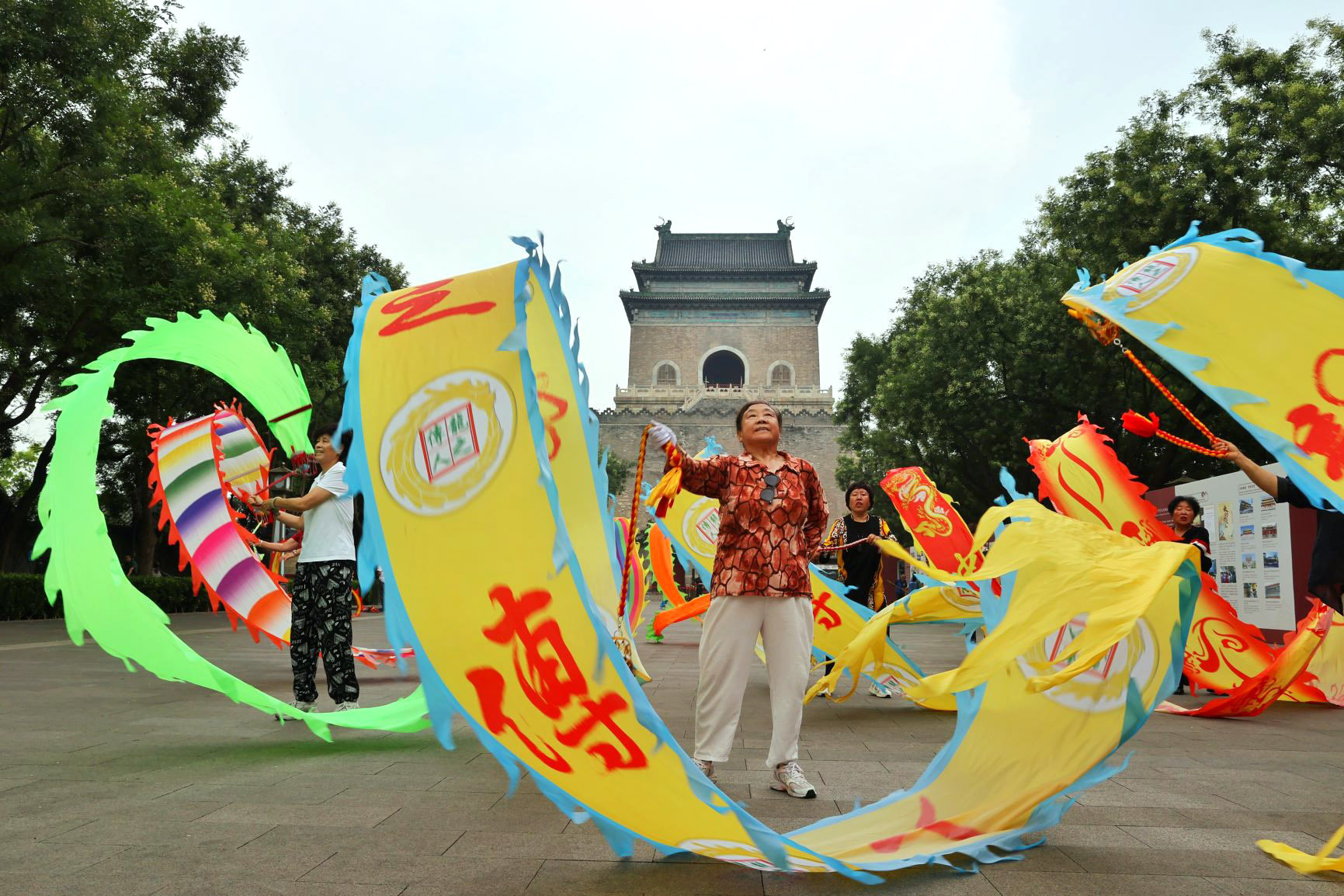
Beijing has significantly ramped up efforts to preserve and promote the cultural legacy of its Central Axis, one year after the historic area was added to the UNESCO World Heritage List.
The city released a Three-Year Action Plan for the Protection and Inheritance of the Beijing Central Axis on Sunday.
The plan outlines efforts to further highlight the cultural significance of the Central Axis, develop venues for international cultural exchange, and enhance the city's role in advancing the Global Civilization Initiative, according to Zhang Lixin, director of the Beijing Municipal Cultural Heritage Bureau.
READ MORE: Beijing Central Axis listed as World Heritage Site
By 2027, major progress is expected in the relocation and renovation of key heritage sites, including the Temple of Heaven and the Temple of Agriculture.
The National Demonstration Zone for the Protection and Utilization of Cultural Relics along the Central Axis will also see new achievements, showcasing the historical charm of the area as a vital platform for global cultural exchange and mutual learning.
"Beijing will continue to leverage the unique value of the Central Axis as a World Cultural Heritage site," Zhang said. "We aim to deepen international cooperation in cultural heritage and share the essence of Chinese civilization with the world."
The capital has introduced a wide array of initiatives over the past year, ranging from public education and creative cultural programs to high-tech renovations and international engagement, all aimed at showcasing the enduring value of the 7.8-kilometer-long axis.
The listing, which was officially announced in Beijing on July 27 last year, has galvanized support from both the public and institutions focused on the protection of the centuries-old spine of the capital, which includes 15 landmark sites stretching from the Yongding Gate in the south to the Bell and Drum Towers in the north.
To mark the anniversary on Sunday, a special 7.8-hour live broadcast was jointly produced by Beijing Radio and Television Station and 10 provincial and regional television stations from across the country. The program highlighted the historical splendor of China's 5,000-year-old civilization and the role of the Central Axis in shaping the nation's urban and cultural development.
ALSO READ: Spotlight shines on Beijing's central axis
Among the most active participants in these preservation efforts is the Beijing Central Axis Protection Foundation. Mei Song, the foundation's secretary-general, delivered a report earlier this month in Paris, outlining the city's achievements since the UNESCO designation. He cited major advances in heritage education, public participation and cultural innovation, including curriculum development in schools and an annual Central Axis-themed competition that engages youth and communities.
Liu Shudong, a retired interpreter at the Yonghe Lama Temple and member of the Beijing History Association, has been giving lectures in local neighborhoods to raise awareness of the Central Axis' cultural significance.
"I believe this initiative can enhance local citizens' awareness of cultural preservation and historical inheritance," she said. "Many retirees, like myself, are happy to give back by sharing our knowledge in schools and community centers."
Contact the writer at yangcheng@chinadaily.com.cn


